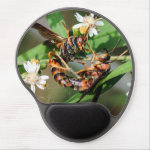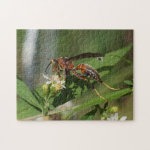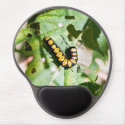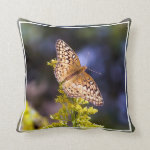I cannot believe that is has been over 2 months since I posted. Where has the time gone? Now that spring migration is upon us, I hope to post a little more often and I hope to get some good photos to share with all of you.
This past winter I was lucky and had both Purple Finches and House Finches regularly visiting my feeders. I quickly realized that it can be very hard to tell Purple Finches and House Finches apart. I don't feel so bad, because even expert birders can have a difficult time.
If
you are unsure which bird you are seeing, the first thing you will want to do it
check a map. House finches are very common across North America, while Purple
Finches are less common and are only seen during migration and non-breeding
times of the year.
 |
| Male House Finch Feeding Female House Finch |
One
of my favorite resources for identifying birds is the Merlin Bird ID app. It
allows you to enter the date, area, size and main colors of the bird. In turn,
it will give you a list of birds that can be seen in the area that matches the
description. It also has bird sounds and maps which come in really handy.
The
purple finch and the house finch can be identified by their physical characteristics.
These doppelgangers might look a lot alike,
but if you have a keen eye and a good set of birding binoculars you can do it.
I
have read many articles and blog posts to learn how to tell the difference
between the House Finch and Purple Finch, and all of the information can get
overwhelming and confusing. There is so much unnecessary information to read through just
to find out basic information.
To
make things easier for you I have put together some pictures with tags so that you
can tell these beautiful birds apart.
How
to know if the bird is a Purple Finch or House Finch.
|
| ||||
|
|
If you are a nature lover please take a moment and check out my Wilfreda Designs Store located on Zazzle. Click HERE to be taken directly to my storefront.
 |  |  |  |

















































